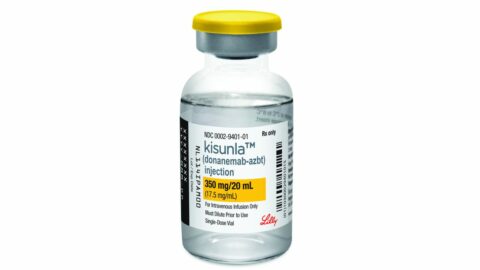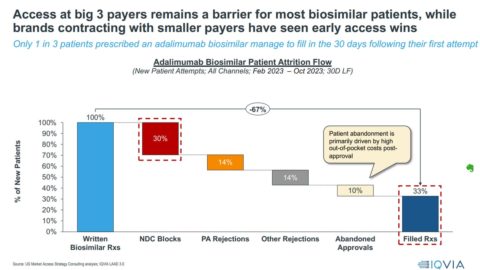Usually, when things break after 9 a.m., I pretend, for the purposes of this newsletter, that they didn’t happen until the next day. I’m not a breaking-news service. I’m just a consultant with a typewriter.
Today is a bit different, though. The news is big enough that I’ve torn up today’s newsletter to highlight what’s really important. So I’ll be playing some catch-up this week. Bear with me.
The FTC is out with an overview of their mammoth investigation of PBMs. It doesn’t look good for that industry, but how “not good” it is probably depends on your POV.
I mean, there have been a lot of examinations of the PBM industry lately that have underscored a whole range of questionable business practices, from the straightforward dangers of vertical integration to questions about standard-issue profiteering in narrow elements of the supply chain. (The NYT’s big takedown a couple of weeks ago is a good example of the former, the WSJ’s look at mail-order pharmacy markups is representative of the latter.)
The FTC’s report underscores and highlights all of those concerns. (I haven’t read the whole thing, but I read the press release, and I stayed in a Holiday Inn last night.) It’s going to lead to more bad press for PBMs and more calls for federal action. I suspect it makes punitive legislation that much more likely.
There’s a ton of coverage, and I haven’t gone through it all. Here’s NYT, for a start.
The question, I guess, is whether the FTC’s report makes any clearer what the endgame is here. Does this movie end with delinkage — restricting the ability of PBMs to profit off of higher-priced products — or is there something even more fundamental that might happen? At the extreme edge, is real antitrust action even a possibility? How much does the range of reform options expand with this scrutiny?
To be clear: these are rhetorical questions. The greatest asset of PBMs and their health-insurance parent companies is complexity, and it’s certainly possible to imagine a scenario in which PBMs can just layer on enough complexity to wiggle free of whatever handcuffs they get slapped with.
Anyway: there will be a lot more here once I see the coverage and, you know, read the report.
Stand by.
The simplest way to think about the 340B program is that hospitals buy massively discounted medicines from pharmaceutical companies, give them to patients, and then ask insurance companies to reimburse them at the full cost. The hospitals keep the difference.
This system irritates a lot of people because the rhetoric around the program is that it’s helping patients, when it’s the hospitals that get the money. The two are not the same in theory or in practice.
But the really irritating part is that hospitals aren’t just getting reimbursed at full cost. In the case of oncology medicines, in particular, they’re getting reimbursed at way higher rates than the actual cost of the drug.
And we have a new study showing that phenomenon (again), this time in pediatric hospitals, where the median markup on brand-name cancer drugs was more than twice the average sales price and one hospital jacked prices to 600%+ of the ASP. (That facility, Texas’ Driscoll Children’s Hospital, has a billion dollars in net assets, for what it’s worth.)
If you don’t like the price of medicines — which, at a minimum, helps fund development of other breakthroughs — you should really not like it when hospitals jack the prices even further without delivering much of anything in return for soaking insurers.
This STAT story examines six pro-pharma lawmakers who will be leaving Congress at the end of the year and what those departures mean for industry. It’s a good take, but the reality is the Congress is evolving away from power brokers. I don’t know that that trend is any better for regulated industry, but it’s clear that power is getting more and more decentralized, and this will only accelerate that trend.
Here’s the GOP’s platform on health care: “Healthcare and prescription drug costs are out of control. Republicans will increase Transparency, promote Choice and Competition, and expand access to new Affordable Healthcare and prescription drug options. We will protect Medicare, and ensure Seniors receive the care they need without being burdened by excessive costs.”
Header image via Flickr user Erik Drost.
Thanks for reading this far. I’m always flattered when folks share all or part of Cost Curve. All I ask is for a mention or tag. Bonus points if you can direct someone to the subscription page.





